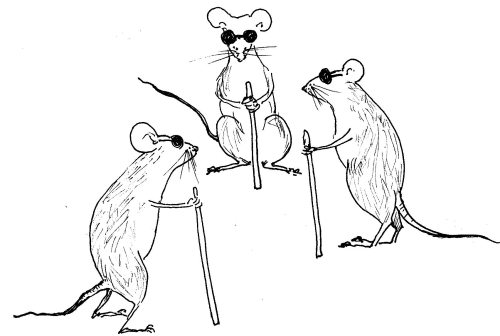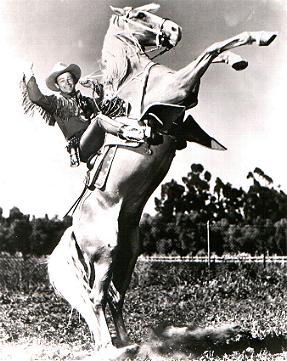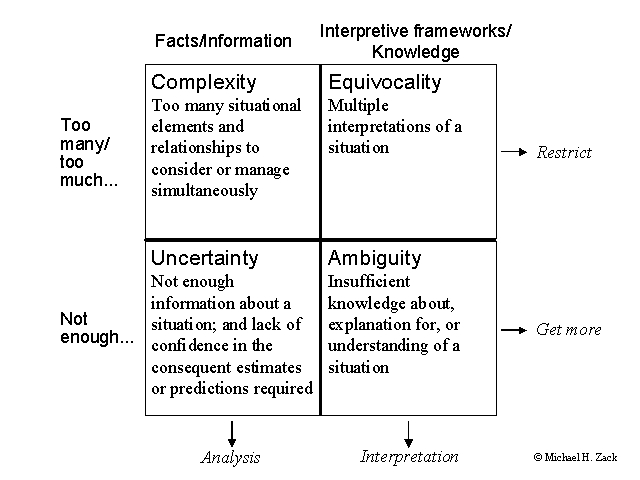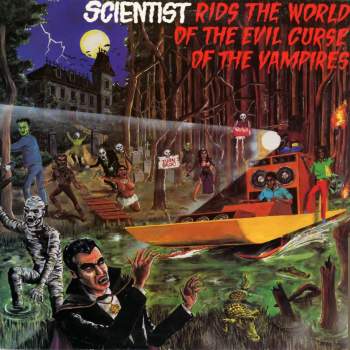
An old adage says, “Form follows function.” In my experience with the federal government it often works the other way around, i.e. Function follows form. Consider “collaborative engagement.” If you survey the landscape, you’ll often find the Forest Service attempting collaboration, while at the same time so is the Bureau of Land Management, the US Fish and Wildlife Service, the US Park Service, etc. Each attempts to develop policy (often via planning) by “considering the needs” of adjacent land holdings, but they still do it for the most part alone. In single-agency collaboration and planning, function follows form.
Is it time to rethink federal agency “form” in the ongoing movement toward collaborative engagement in public lands management? In particular, is it time to rethink how the federal government functions in these deliberations? Is is time to relearn how form ought to follow function?
Along with many others I have argued that it proves inefficient for each federal agency to attempt ecosystem management deliberations by themselves—whether for assessment, policy development, action, or monitoring. It also proves frustrating for collaborators. Too many forums, too many meetings, etc. At a time when all eyes are on the federal government to trim its budget, why not, one again, hope for high-level reorganization.
A Department of Public Lands
Maybe it is time for a Department of Public Lands. Such a Department could effectively set up appropriate forums for collaborative engagement in public lands policy and action, in concert with state and local officials, and other collaborators.
If the Obama Administration plays its cards right during upcoming budget deficit battles, we might see it make a move toward a cabinet-level Department of Public Lands, complimented with a sister Department for Environmental Regulation. This second Department would serve to separate land management from regulatory policy and enforcement—an idea that we will leave for a later post.
Setting up a new Department of Public Lands would take the Forest Service out of the Department of Agriculture and allow it to start anew as a division or agency in the new department—in concert with The U.S. Fish and Wildlife Service and the Bureau of Land Management, The Park Service, etc. (It would probably be good to once-again consider combining the Forest Service with the Bureau of Land Management, as well.)
Such reorganization would allow for a fresh start, whereby the new Department of Lands and all its agencies could be chartered for collaborative engagement in adaptive management. (Or maybe just move the Forest Service into the Department of Interior, and follow a similar plan.) In the former case legislators and the Administration would have to work up new organic legislation, etc. But it is likely time to refresh “organic” framing anyway.
Either way, with a new Department of Public Lands or with the Forest Service moved into Interior, the public wins in at least five ways: First, outdated, bureaucratic agencies can be set up with structures and functions that work for the new century—championing collaborative engagement for conservation, preservation, and use. Second, the Department could field many questions about larger-scale management that are not well fielded under current structure. Third, many mid-level staff personnel, e.g. Forest Service Regional and National staff members, might be better positioned as Departmental positions. Why? So that when collaborators work out the regional assessment, action, and monitoring, the federal government will not be so fractured as it now is. Fourth, the taxpayers win as there should be fewer personnel in a Department so structured. Finally, more money can go to the field, where infrastructure and other needs have been neglected for too long.
Why Now?
There will never be a better time to think about this idea, since many mid-level (and high-level) Forest Service employees are near the end of their careers—i.e. no massive layoffs needed. So too with other land management agencies.
Why might it work now? Because in the next few years there will be many discussions on how to trim the federal deficit and whittle-down the national debt. This may give President Obama a chance to do what so many others have failed to do: bring the Forest Service into line with other federal land and resource management agencies. In doing so, Obama might make history by charting a new course for federal lands management.
Note: Jeff DeBonis and I offered up a similar suggestion early in the Clinton Administration. Ours was just one of many similar suggestions made through the years. The suggestions have never gained traction. Maybe this time will be different. Or maybe not.








